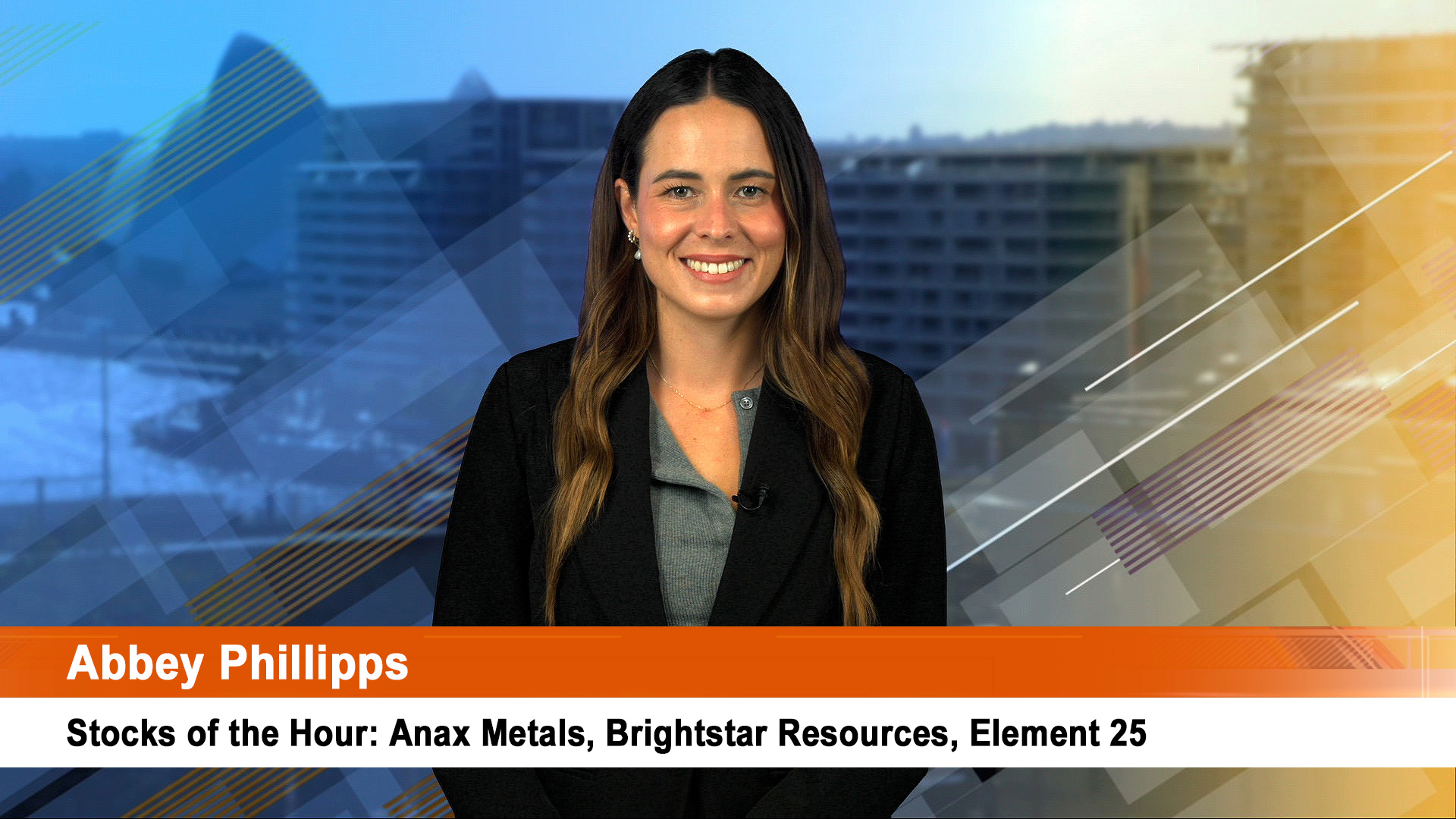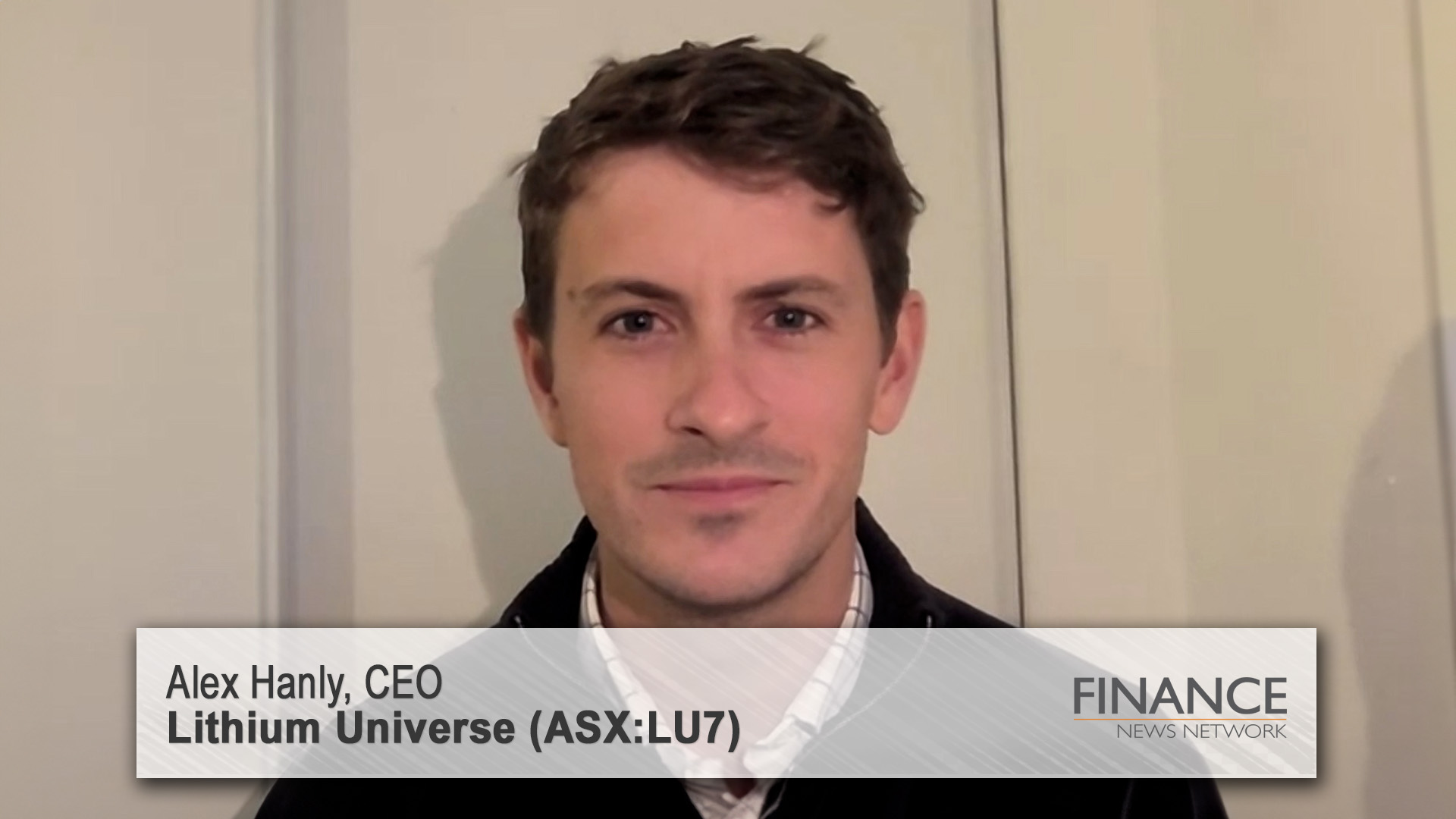The Australian economic debate recommences this week after a few mild skirmishes over early January about the impact of lower oil and petrol prices.
The December quarter consumer price data tomorrow and the producer price figures on Friday will produce the usual mixture of self-interested claptrap and worthwhile insight on the impact of those oil and petrol price falls on the future direction of interest rates.
The foreign exchange market sent the Aussie dollar to a new six year low of 78.81 USc in offshore trading overnight Friday, and lower yesterday when it traded well under 79 USc in the wake of the Greek election result which saw the left wing Syriza win.
Following the European Central Bank’s decision to expand its quantitative easing spending from March, the markets now see the Reserve Bank responding to pressure by cutting its key rates, rather than sit on it as it has been doing for much of the past year.
But if that’s to occur, it’s unlikely to happen as quickly as the market wants.
That’s why the first meeting of the Reserve Bank board, a week today, will be the vital cog in the debate with the central bank facing vocal demands from the likes of Westpac for an immediate rate cut (why, Westpac?).
The wording of the post-meeting statement from RBA Governor Glenn Stevens will be more important than at any time in the last five years because it will come after the unprecedented fall in oil and petrol prices, bond yields and the price of many other commodities since early December when the RBA last met.
It will contain reaction to tomorrow’s December quarter inflation data, which will be shown to have fallen sharply, and the AMP chief economist, Dr Shane Oliver says this will leave plenty of scope for another RBA rate cut.
And if current levels of petrol and oil prices are maintained for the current quarter, then another weak inflation report will be produced at the end of April.
“A 7% slump in petrol prices is likely to have resulted in inflation of just 0.1% quarter on quarter or 1.6% year on year,“ Dr Oliver wrote at the weekend.
"Underlying inflation is also expected to be relatively weak at just 0.5% quarter on quarter or 2.1% year on year. Both headline and underlying inflation are expected to come in below RBA expectations.
“Canada’s move to cut interest rates in the face of the oil price slump arguably adds to the case for an RBA cut because Australia has had a similar hit to its national income from lower commodity prices,” Dr Oliver said.
And the Commonwealth’s economists wrote “investors will need to focus on the ‘underlying’ measures that exclude petrol as well as the non-tradable price measures that focus on domestic price pressures.
"We expect that underlying inflation grew 0.4-0.5 per cent in the December quarter and around 2.1-2.2 per cent over the year. Only if inflation threatened to undershoot the 2-3 per cent target band would the Reserve Bank elect to deliver more stimulus.”
Central banks such as the US Fed (which meets tonight and tomorrow night) and the RBA look through one-offs like the sharp fall in oil and petrol prices, but the bond markets have seen a sharp fall in bond yields, which is telling us that rates need to fall or remain (in America’s case) unchanged.
The Australian economy (and the rest of the world) are facing an unparalleled situation as 2015 gets underway – a sharp fall in the cost of a central commodity – oil (and gas) and its products – especially petrol – at a time of falling inflation/emerging deflation in the developed and emerging economies (China is in the grip of intense deflation across much of its manufacturing sector).
Interest rates are under pressure, demand is weak in most major economies (even in the US where it seems solid relative to Europe and Japan, but not historically).
Global economic growth is easing and is now well below trend in many economies (it’s not just Australia that’s in that situation, contrary to what a clutch of talking heads claimed as an Australian problem last year). And the rising threat of low inflation/deflation is dragging down interest rates around the world.
Despite what the few inflationistas might claim, cost pressures, even from the weakening dollar, will not be a problem in Australia for the next year at least, and probably two to three years if oil prices remain low. Real wages are falling, or will remain stagnant at best as the falling price of oil and petrol drag down consumer prices. But the extra income available to consumers from the drop in oil prices will go some way to offsetting that real wage weakness.
Dr Oliver also points out the decline in inflationary pressures was highlighted by weakness in last week’s TD Securities/MI Inflation Gauge. “This is pointing to a sharp fall in official inflation. While a February rate cut is unlikely, soft consumer confidence and weakening inflation support our view that the RBA will cut rates again,” he said.













